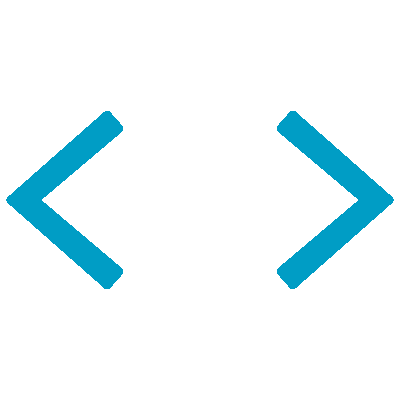Welcome to Hibernate ORM Code Space! Here, you'll delve into fundamental Hibernate theories through meticulously crafted code examples organized into distinct branches. Embark on a journey of learning and mastery within the realm of Hibernate ORM.
- Explore Object-Oriented Programming (OOP) concepts through insightful coding examples.
-
To access the content:
- Navigate to the lesson/Day_01 branch to review the source code.
- Alternatively, clone the repository specifically from the lesson/Day_01 branch using the following command:
git clone -b lesson/Day_01 --single-branch https://github.com/gayanukabulegoda/Hibernate-ORM-Lesson.git
- Explore Hibernate XML Mapping and Property File Mapping for advanced insights into Object-Relational Mapping.
-
To access the content:
- Navigate to the lesson/Day_02 branch to review the source code.
- Alternatively, clone the repository specifically from the lesson/Day_02 branch using the following command:
git clone -b lesson/Day_02 --single-branch https://github.com/gayanukabulegoda/Hibernate-ORM-Lesson.git
- Explore fundamental topics in Hibernate, covering CRUD implementation, Session Factory setup, hbm2ddl.auto configurations, and Hibernate annotations.
-
To access the content:
- Navigate to the lesson/Day_03 branch to review the source code.
- Alternatively, clone the repository specifically from the lesson/Day_03 branch using the following command:
git clone -b lesson/Day_03 --single-branch https://github.com/gayanukabulegoda/Hibernate-ORM-Lesson.git
- Discover key Hibernate concepts including configuration object implementation, repository layer setup, schema generation, differentiation between the get() and load() methods, and operation of Hibernate query object.
-
To access the content:
- Navigate to the lesson/Day_04 branch to review the source code.
- Alternatively, clone the repository specifically from the lesson/Day_04 branch using the following command:
git clone -b lesson/Day_04 --single-branch https://github.com/gayanukabulegoda/Hibernate-ORM-Lesson.git
- Explore essential topics such as JPQL and HQL custom queries, constructor projection, and the Hibernate life cycle encompassing transient, persistent, detached, and removed states.
-
To access the content:
- Navigate to the lesson/Day_05 branch to review the source code.
- Alternatively, clone the repository specifically from the lesson/Day_05 branch using the following command:
git clone -b lesson/Day_05 --single-branch https://github.com/gayanukabulegoda/Hibernate-ORM-Lesson.git
To run the project, follow these steps:
- Open the project in your IDE.
-
Build and run the application.
- (Ensure that your system has Java versions 8, 11, 17, or 18 installed.)
This project is licensed under MIT License.
© 2024 Gayanuka Bulegoda








